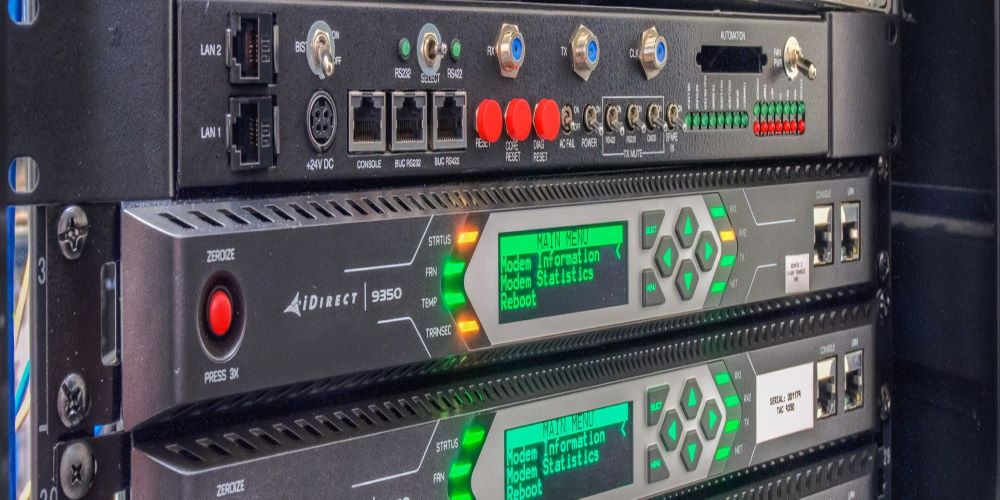A satellite is a man-made object that orbits the Earth and transmits information back to ground stations. A commercial satellite is used as an alternative to terrestrial communications networks, such as satellites or microwave towers. These satellites can be used for many different purposes, such as broadcast television and radio signals, broadband internet access, navigation systems, weather forecasting, and more! This blog post will go over the basics of what commercial satellite communications are and how they work.
In order for a satellite dish to receive signals from an orbiting satellite, it must be pointed in precisely the right direction at all times by making small adjustments during tracking. The beam divergence angle of a parabolic antenna determines its resolving power while pointing toward the horizon, while atmospheric effects such as turbulence affect performance when viewing objects closer than 50 miles (80 km) or so above sea level. Atmospheric conditions also have large effects on microwave transmission paths, preventing successful data transfers with long cable runs between terminals, etc. when the connection is affected by rain fade.
The first commercial communications satellites were built for relaying television signals, and they continue to serve that purpose today, but their capabilities are much greater than just supporting broadcast TV services. The majority of transcontinental telephone calls in Australia/New Zealand are routed via Intelsat’s Australian earth station, while most North American domestic telephony moves through Canadian gateways, one run by Telesat Canada and the other by Comstar satellite services.
Commercial communications satellites can be used for many different purposes, such as broadcast television and radio signals, broadband internet access, navigation systems, weather forecasting etc.. Satellite imagery is being used to map the effects of climate change on our planet. For example, a new tool was recently developed which uses radar imaging from the COSMO-SkyMed constellation to monitor glacier dynamics at high resolution globally. This type of technology has been successfully used to monitor deforestation and other land-use changes in the Amazon Rainforest.
In order for satellites that transmit data over long distances, such as satellite internet service, a dish must be pointed directly overhead so that it can communicate with its relay station located 22 000 miles (35 800 km) above Earth’s equator. Dish pointing accuracy requirements vary depending upon whether geostationary or low orbit satellite constellations are used; however, the general rule of thumb is that a dish must be accurate to within 0.25 degrees of arc. For geostationary satellite systems, this means being able to point with an accuracy on the order of half a degree or better.
For example, ExpressVu offers two different types of service in Australia: standard definition digital TV via its “Sky Muster” satellites and high definition programming delivered directly from NBN Co’s new band network, which uses three Sky Muster satellites and two ground stations.
The world is more connected than ever before. It’s important to stay on top of the latest developments in satellite communications so that you can continue to provide high-quality, dependable service for your clients while increasing your bottom line. You have now learned about the basics of what commercial satellite communications are, how they work, and some common misconceptions. We hope this information has been helpful to you! If you would like more information on other aspects of commercial satellite communication systems or others that we didn’t cover here, please contact experts at your convenience. Thank you for taking time out of your day to read this post!



